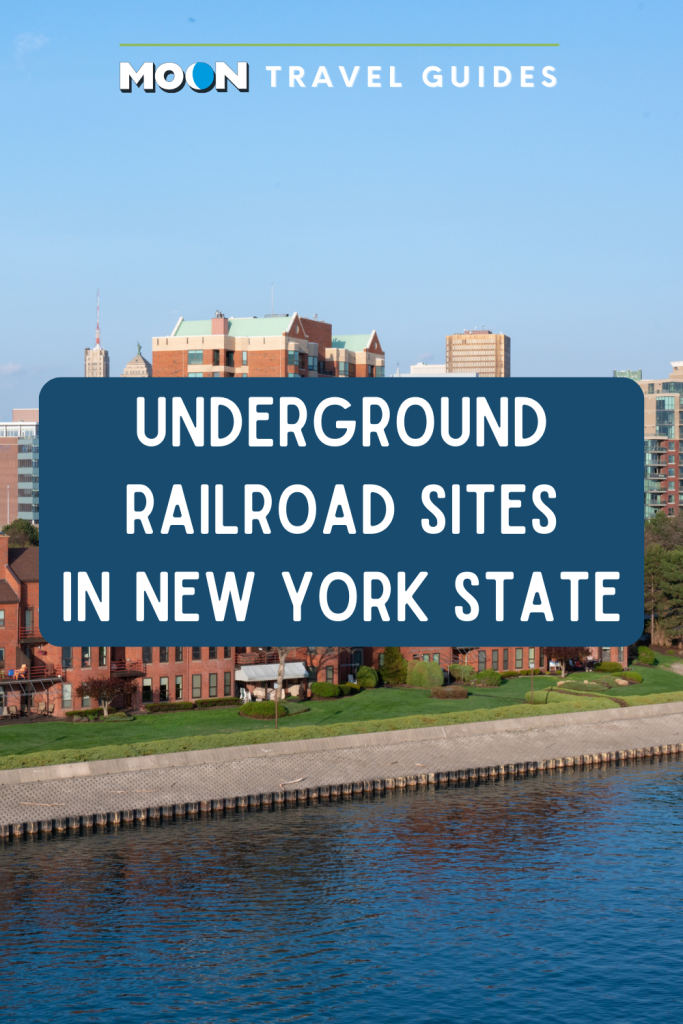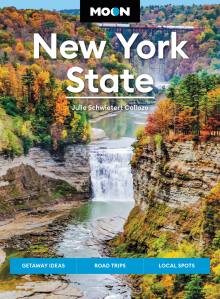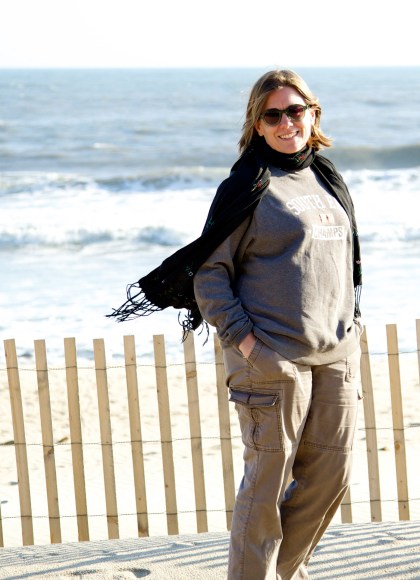Underground Railroad Sites in New York State
From the early 1800s to the Civil War’s end in 1865, the Buffalo-Niagara corridor, a collection of towns along the U.S.-Canada border, served as one of the last stops on the Underground Railroad for enslaved people traveling north toward freedom. Though few records were kept, it is estimated that as many as 30,000 people may have passed through the area on their way to Canada.
Today, there are several places where visitors can learn more about the region’s role in the Underground Railroad:
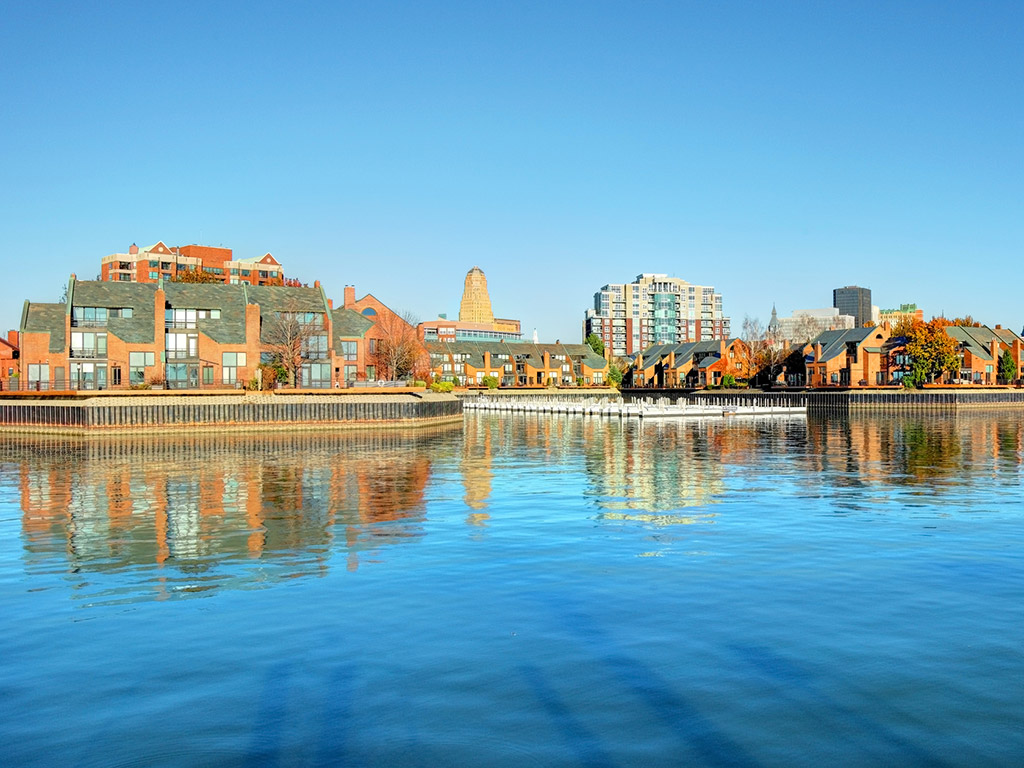
- Freedom Crossing Monument (Lewiston Landing Park, Water St., Lewiston): This moving sculpture, crafted by local artist Susan Geissler, depicts a dramatic moment in the pursuit of freedom: Lewiston’s Underground Railroad station master, Josiah Tryon, is handing a baby to its fugitive mother.
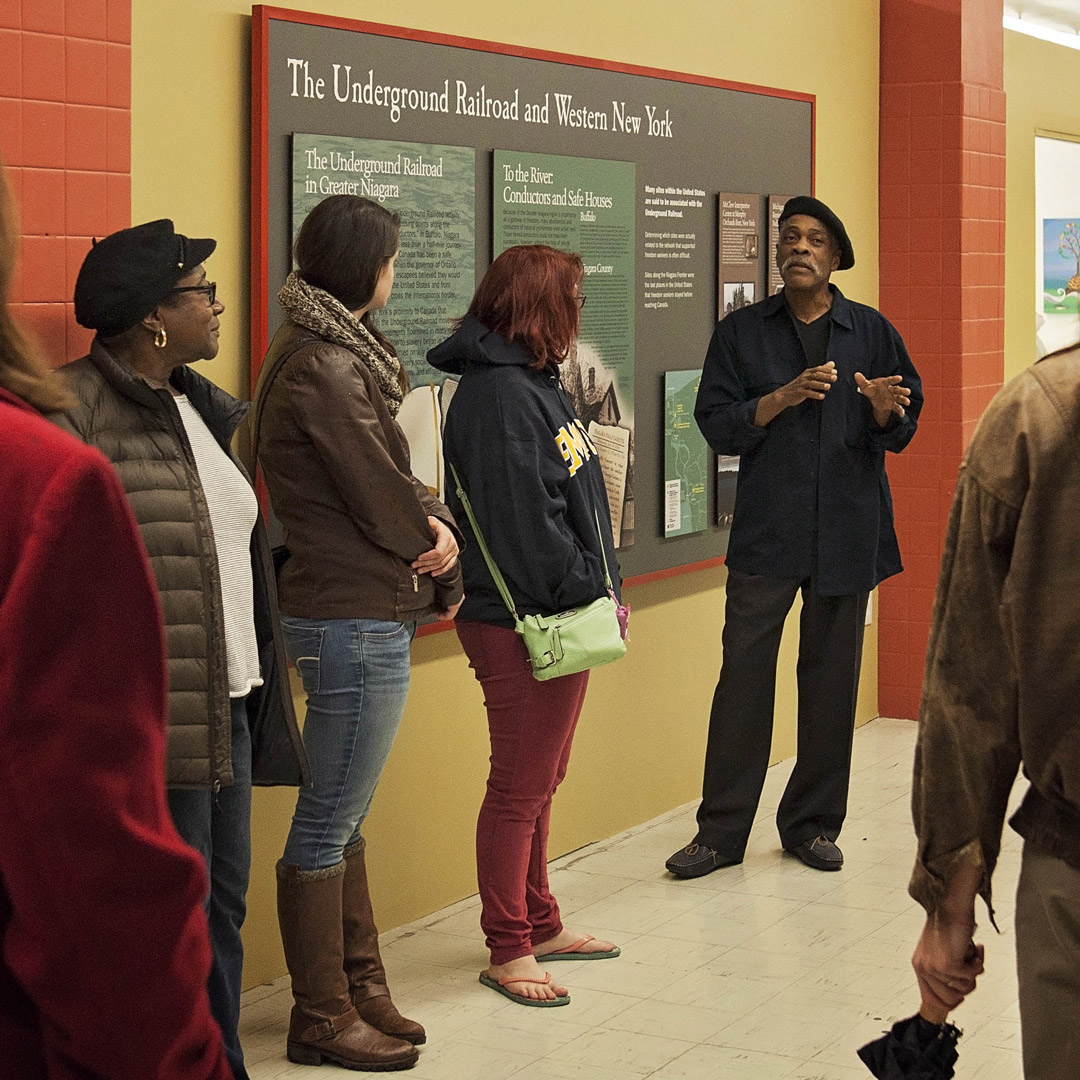
- Michigan Street Baptist Church (511 Michigan Ave., Buffalo): This small modest church, built in 1845, hosted many of the abolition movement’s luminaries, including Frederick Douglass, W. E. B. DuBois, and Booker T. Washington, and functioned as a station on the Underground Railroad. Though hours are irregular, visitors who happen to get lucky will be treated to a rich oral history narrated by clergy.
- St. John’s AME Church (917 Garden Ave., Niagara Falls): St. John’s was one of the first African American churches founded in Niagara County. Escaped enslaved people could see the beckoning lights of Canada and freedom from the church’s hillside location.
- Thomas Root Home (3106 Upper Mountain Rd., Pekin): Located midway between Niagara Falls and Lockport, the former Root home contains a trapdoor leading to a 5-by-10-foot (1.5-by-3-m) cellar. Here “volumes bound in black,” as the coded messages once read, spent the night before being driven to the border, hidden beneath piles of vegetables. The house is now privately owned, but the station is set amid a small row of pine trees accessible to the public.
Newsletter Signup
By clicking ‘Sign Up,’ I acknowledge that I have read and agree to Hachette Book Group’s Privacy Policy and Terms of Use
Pin It for Later
